Iron is an important and essential mineral.
Iron helps with:
- Energy levels
- Appetite
- Staying focused
- Keeping our immune system strong
- Eat iron rich food to keep iron levels healthy!

We get most of the iron we need through the foods we eat.
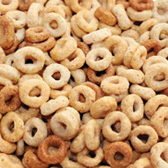


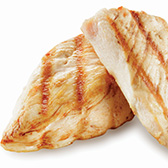

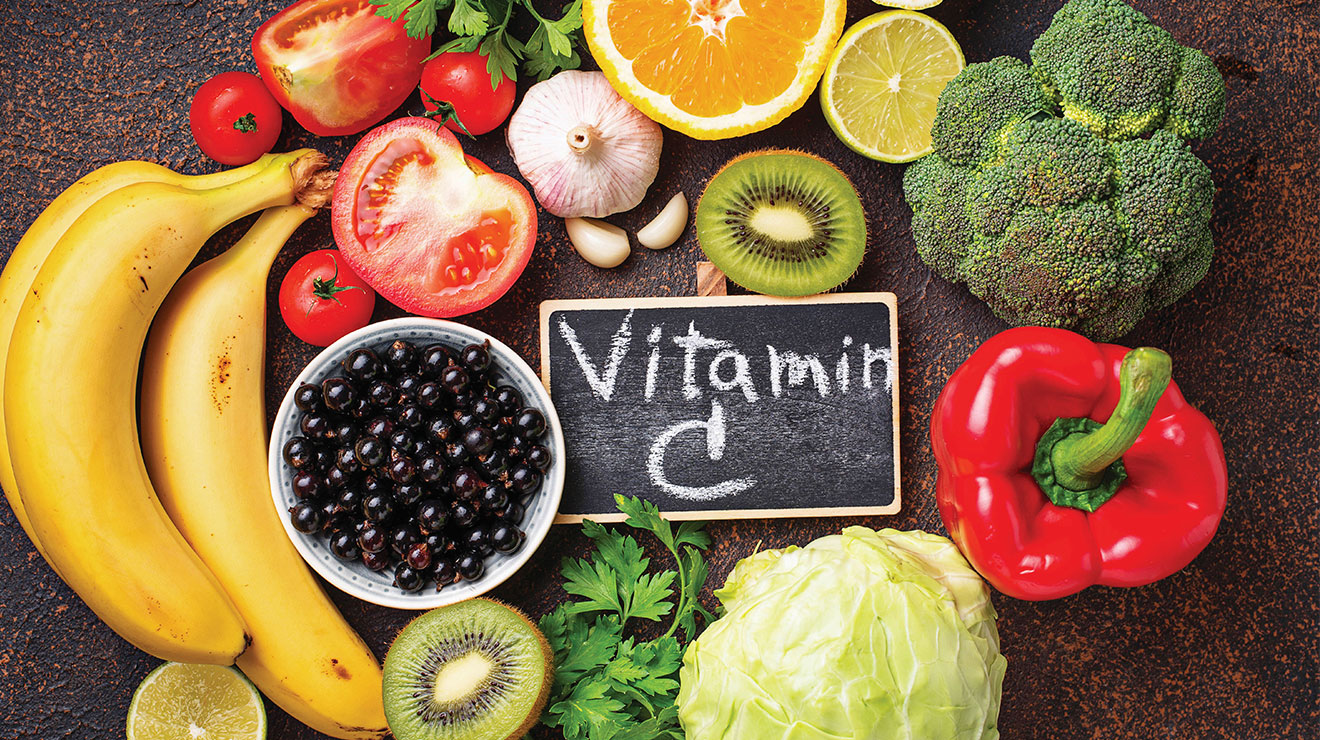
Vitamin C helps your body take in iron. Pair Vitamin C foods with iron rich foods.
- Oranges
- Grapefruit
- Tomatoes
- Bell Peppers
- Broccoli
- Potatoes
- Strawberries
- Melon
- WIC approved juices
Try these Vitamin C + Iron food combinations
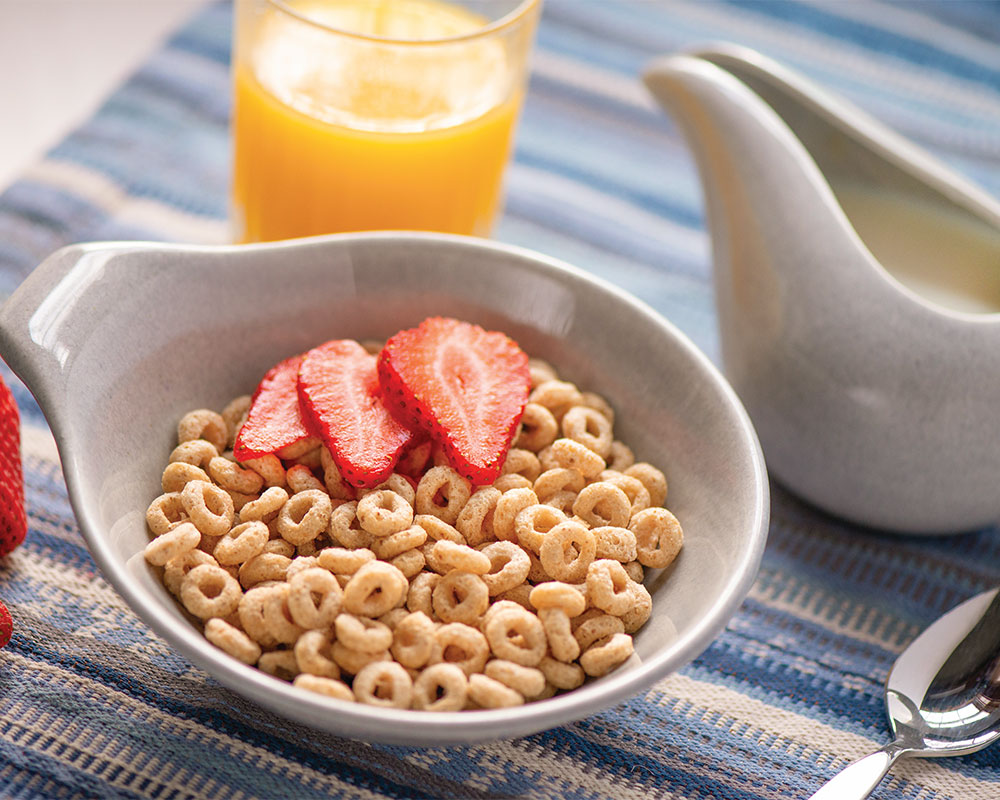
WIC Cereal WIC Juice
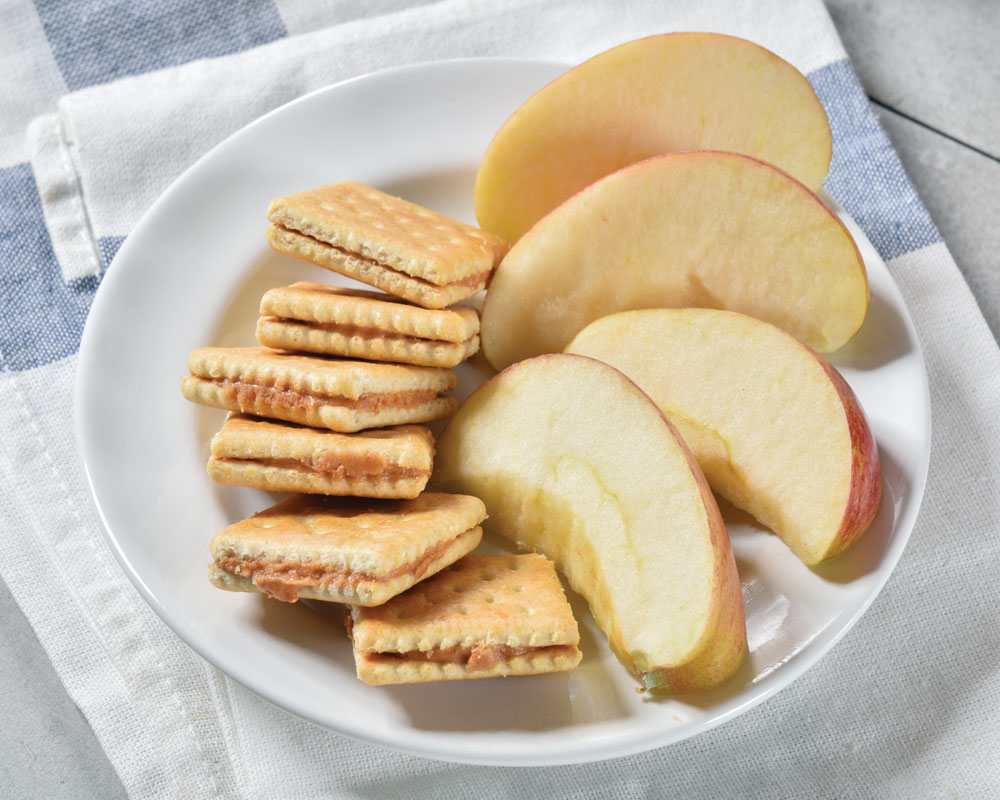
Crackers WIC Peanut Butter Fruit
Iron for Older Babies
Grains |
Vegetables |
Protein |
|
|---|---|---|---|
8-9 Months |
Infant cereal, plain whole grain bread, plain rice, or pasta |
Cooked, strained, or mashed, broccoli, peas, kale, and spinach |
Pureed, ground, or finely chopped meats or poultry |
10-12
Months |
Warm cereal, such as oatmeal or cream of wheat If baby has pincer grasp, try o-shaped cereal Plain whole grain bread Plain rice or pasta |
Cooked, strained, mashed, or bite size pieces of broccoli, spinach, kale,
and peas Peas can be a choking hazard if not mashed |
Chopped or ground lean meat, fish, and chicken Cooked eggs Mashed beans |
Recipes
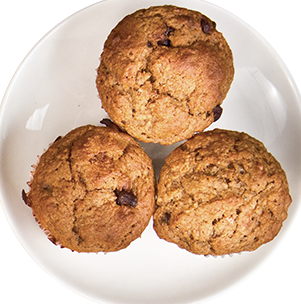
Chocolate Chip Cheerios Muffins
Ingredients
2 cups Cheerios cereal
1 ¼ cups all-purpose flour
1⁄3 cup light brown sugar, packed
1 teaspoon baking powder
1 teaspoon ground cinnamon
¾ teaspoon baking soda
1 cup applesauce
1/3 cup fat-free milk
2 tablespoons vegetable oil
1 egg
1/3 cup miniature semisweet chocolate chips
Directions
- Preheat oven to 400⁰ F.
- Place paper baking cups in 12 regular-size muffin cups.
- Place cereal in resealable plastic bag; seal bag. Using a rolling pin, crush cereal; pour into a large bowl.
- Add flour, brown sugar, baking powder, cinnamon, and baking soda; mix well.
- Stir in remaining ingredients just until moistened.
- Divide batter evenly among muffin cups.
- Bake 18 to 22 minutes, or until golden brown.
- Immediately remove from muffin tins.
- Cool 5 minutes before serving.
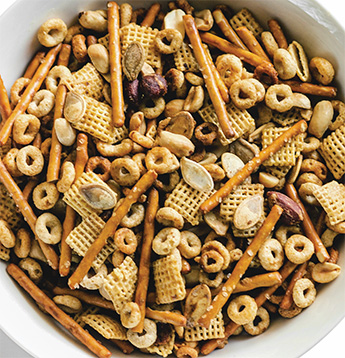
Cereal Mix
Ingredients
1/2 cup butter or margarine
1 tsp. seasoned salt
4 1/2 tsp. Worcestershire sauce
2 2/3 cup Corn Chex or Cheerios
2 2/3 cup Wheat Chex
1 cup peanuts or mixed nuts
1 cup pretzels
1 cup raisins
Directions
- Melt margarine in roasting pan.
- Stir in seasoned salt and Worcestershire sauce.
- Add cereal, nuts, raisins, and pretzels.
- Bake 1 hour in 250° oven while stirring and turning occasionally.
Warning: Children younger than 2 should not be given peanuts, nuts, pretzels or raisins due to choking hazards.

Texas Caviar
Ingredients
15 ounce black beans, canned
15 ounce corn, canned
4 medium plum tomatoes
1 stalk green onion
1 medium bell pepper, green
1 medium bell pepper, red
1/4 cup Italian dressing, low-fat
1 medium lime
1/4 cup cilantro
Directions
- Drain and rinse black beans and corn. Chop tomatoes, green onion, and bell peppers. Add to a medium bowl and stir.
- Add the Italian dressing, the juice from the lime, chopped cilantro, toss to coat.
- Serve immediately or chill before serving.
- Store in a sealed container in the refrigerator up to 3 days.
Serve as a side dish or with baked tortilla chips. Use as topping for baked chicken or fish.

Smiley Face English Muffins
Ingredients
Whole wheat English muffins
Peanut butter
Banana, peeled and thinly sliced
Raisins
Strawberries, trimmed and cut in half
Grapes, each cut into 4 thin slices
Oranges, peeled and sectioned
Directions
- Slice muffins in half and toast.
- While still warm, spread peanut butter on each toasted muffin half.
- Top with fruit pieces to create smiley faces. Use banana slices, grape slices, or raisins for the eye, half a strawberry for the nose, and one section of orange for the mouth.
- Use remaining fruit to make more faces, or serve on the side as a fruit salad.
This institution is an equal opportunity provider.